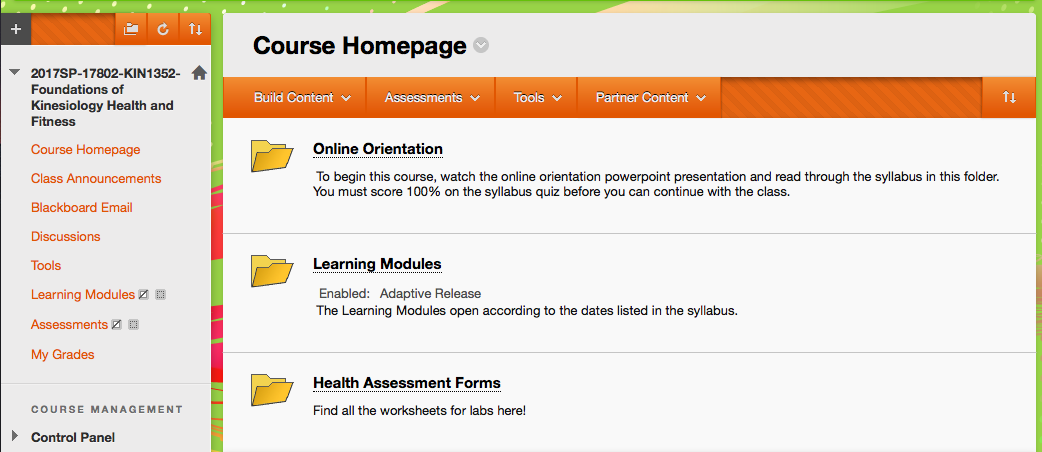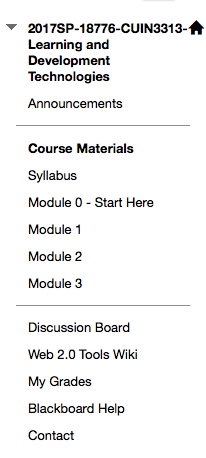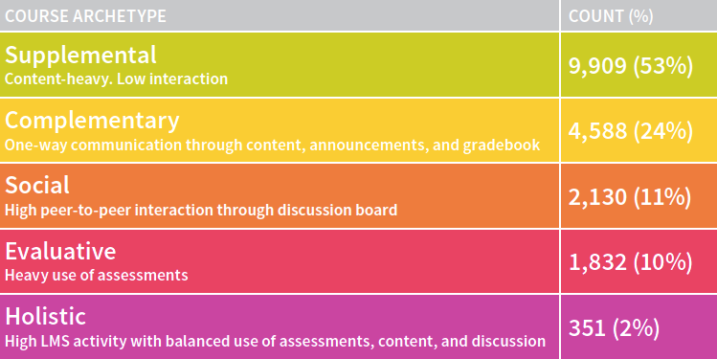Thinking Alongside Quality Matters
Highlighting the most salient points of the Quality Matters program for designing online courses at the University of Houston.

Taylor Fayle | Instructional Designer, FDIS
tmfayle@uh.edu
Quality Matters
A design framework
A quality assurance platform
A professional development program

Online Learning:
A Conceptual Framework
Context
Design Features
Outcomes
Adapted from Means, et. al., Learning Online: What Research Tells Us About Whether, When and How (Routledge: London and New York, 2014).
Online Learning:
A Conceptual Framework
Context
Field of Use
Provider
Breadth
Learner's level of preparation
Online Learning:
A Conceptual Framework
Context
Field of Use
- K-12
- Higher education
- Postsecondary Training
- Self-Initiated
- Mixed
Online Learning:
A Conceptual Framework
Context
Provider
- District
- State
- For-profit vendor
- Consortium
- Non-profit higher education institution
- Other non-profit
- Government agency
Online Learning:
A Conceptual Framework
Context
Breadth
- Whole Program
- Course
- Portion of course
- Brief episode (blended/hybrid)
Online Learning:
A Conceptual Framework
Context
Learner's Level of Preparation
Strong
Adequate
Weak
Modality
Pacing
Student-Instructor Ratio
Pedagogy
Instructor Role Online
Student Role Online
Online Communication Synchrony
Role of Online Assessments
Source of Feedback
Online Learning:
A Conceptual Framework
Design Features
Modality
- Fully online
- Blended with over 50% online but at least 25% F2F
- Blended with 25-50% online
- Web-enabled F2F
Online Learning:
A Conceptual Framework
Pacing
- Independent mastery-paced (self-paced / competency).
- Class-paced
- Mixture
Online Learning:
A Conceptual Framework
Student - Instructor Ratio
≤ 35 to 1
36-99 to 1
100 - 999 to 1
≥ 1,000 to 1
Online Learning:
A Conceptual Framework
Pedagogy
- Expository
- Practice Environment
- Exploratory
- Collaborative
Online Learning:
A Conceptual Framework
Online Communication Synchrony
- Asynchronous
- Synchronous
- Both
Online Learning:
A Conceptual Framework
Intended Instructor Role Online
- Active instruction online
- Small presence online
- None
Online Learning:
A Conceptual Framework
Intended Student Role Online
- Listen and Read
- Complete problems and answers
- Explore simulation and resources
- Collaborate with peers in building knowledge
Online Learning:
A Conceptual Framework
Role of Online Assessments
- Determine if student is ready for new content
- Tell system how to support student
- Provide student and teacher with information about learning state
- Calculate student's risk of failure
Online Learning:
A Conceptual Framework
Source of Feedback
- Automated
- Instructor
- Peers
- Mixed
- None
Online Learning:
A Conceptual Framework
Engagement Ratios
Online Learning:
A Conceptual Framework
HIGH
MEDIUM
LOW
HIGH
MEDIUM
LOW
HIGH
MEDIUM
LOW
Student-Instructor
Student-Content
Student-Student
Intended Outcomes
Online Learning:
A Conceptual Framework
Cognitive
Engagement
Productivity Measures
Learning to learn
Declarative knowledge, procedural skills, problem solving and strategies
Primary goal, secondary goal, not at all
Course Pass rate, graduation rate, time to completion, cost
Self regulation, new media skills
Context
Design Features
Outcomes
Field of Use
Provider
Breadth
Learner's level of preparation
Modality
Pacing
Student-Instructor Ratio
Pedagogy
Instructor Role Online
Student Role Online
Online Communication Synchrony
Role of Online Assessments
Source of Feedback
Cognitive
Engagement
Productivity
Learning to learn
= covered by QM
Thinking with Quality Matters
Most Salient Features
Alignment
Empathy
Engagement
Technology
Usability
One of the main functions of learning design is the ruthless management of cognitive load.
- Julie Dirksen
Design for How People Learn
Intrinsic Cognitive Load
Germane Cognitive Load
Extrinsic Cognitive Load
Empathy and Cognitive Load
Friction
BTW, "interactivity" = friction!
The concept of alignment is intended to convey the idea that critical course components work together to ensure that learners achieve the desired learning outcomes.
Alignment
- QM Rubric, 2014 ed.
Alignment
Course Learning Outcomes (2.1)
Module / Unit Learning Outcomes (2.2)
Instructional Materials (4.1)
Technology (5.1)
Course Activities (6.1)
Assessment (3.1)
Applying Backward Design
Friction!
Title Text
Dr Katie Novak
on Universal Design For Learning (UDL)
Alignment
Start Here! (1.1)
Usability
Instructions make clear how to get started and where to find various course components
Start Here! (1.1)
Usability

Start Here! (1.1)
Usability
Course Navigation (8.1)
Usability
Navigation throughout the course is consistent, logical, and efficient.
Ask yourself:
Would I know where to find something if I didn't put it there?
Course Navigation (8.1)
Usability


Course Navigation (8.1)
Usability
Designing an online course involves building both the course and its interface. Online course development requires more preparation, more advance planning, and more technological support.
- Jesse Stommel
Hybrid Pedagogy
Active Learning (5.2)
Engagement
Activities encourage learners' engagement through different types of interaction as appropriate to the course. . .
Active learning involves learners engaging by "doing" something, such as discovering, processing, or applying concepts and information.
Active Learning (5.2)
Engagement
Taxonomy of Student Engagement
- learner-instructor
- learner-content
- learner-learner
Active Learning (6.2)
Technology
Tools used in the course help learners actively engage in the learning process rather than passively absorb information. Selected tools help the learner actively engage in the course by facilitation interactions with the instructor, course materials, and other students.
Active Learning (6.2)
Technology

Patterns in Course Design: How instructors ACTUALLY use the LMS - Blackboard Blog
Readily Obtainable (6.3)
Technology
All required technologies are easily obtainable, through download, purchase at the bookstore, or another means
Acculturation
Technology
Digital natives, yes.
Online learning experts, no.
What can I assume my students know about the technology tools and platforms used in the course?
Wrapping Up
- Broad Range of considerations in developing online programs and courses

-
QM helps with one piece - COURSE DESIGN
- QM is a great tool for habituating ourselves to practice empathy in our teaching and course design
Resources





